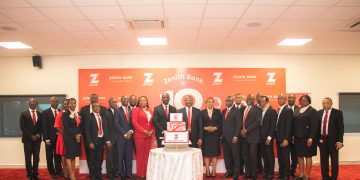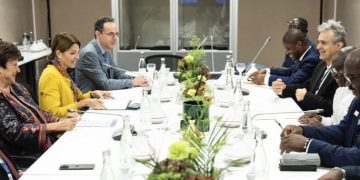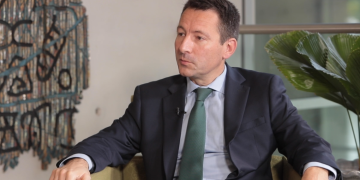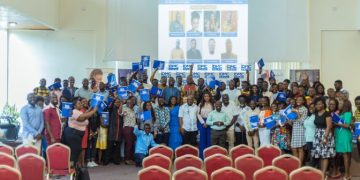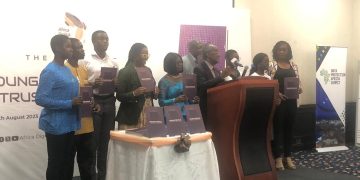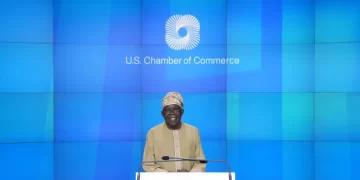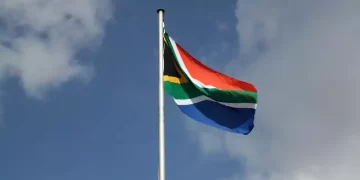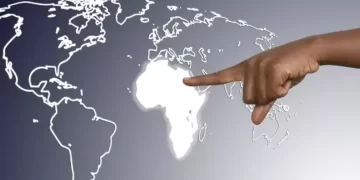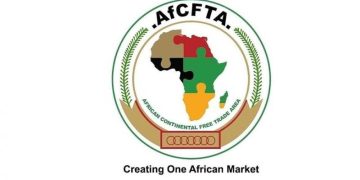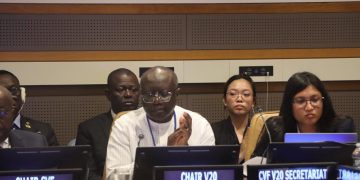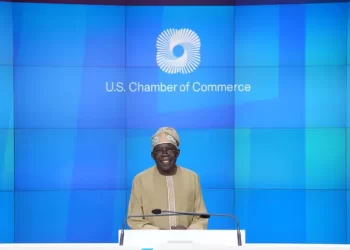Almeda Textile Factory has finalized its 86 million Br expansion that took place over the past six months in a bid to increase its fabric production capacity by 100pc.
The expansion is the first of three stages and focused mainly on replacing machinery with the latest products. The company has imported Rieter brand C-70 carding machines, a New Draw Frame finisher machine and an Open End R-35 from Germany and Switzerland , as well as a Muratec winding machine from Japan. These are said to be easy to maintain, and demand fewer spare parts than the replaced machinery.
Energy saving was another objective as the machines the company changed, took a lot of time to power on and off.
“These are easily manageable,” said Tekelemariam Tesfu, general manager of the factory.
The company’s productivity will now be enhanced. Spinning, the production of thread, which used to yield 20,000kg per day will now increase five-fold. This will enable the company to fulfil its own production requirements, and also look for export opportunities, thereby saving 30 million Br to 40 million Br. These costs are incurred by Almeda annually for the purchase of thread from other factories.
For the remaining production processes, resources and capacity will be better utilised. Because of the increase in the production at the spinning stage, the weaving and fabric making will also increase, making use of existing machinery for the latter two. Weaving will reach 32,000m of textile roll from the former output of 24,000m a day – an increase of 33pc; while the fabric making will be doubled to 7,000kg.
The company’s technicians, in collaboration with three experts from the suppliers, handled the installation and commissioning of the equipment.
Almeda has at its disposal, 205 million Br in revenue collected from the local market and an additional three million dollars from exports in the past half year. It has secured all of its costs for the expansion from Development Bank of Ethiopia.
The plant lies on a 450,000sqm plot of land in Adwa, a town, 1,125km north of Addis Abeba; and was established two decades ago under the umbrella of the Endowment Fund for the Rehabilitation of Tigray (EFFORT),
To make things worse, areas in the western lowlands of Ethiopia, such as Metema, were affected by the ongoing drought. This fiscal year’s production has therefore been even more affected, said Bantihun Gessesse, communication director at Ethiopian Textile Industry Development Institute.
Quality of cotton was also said to have affected the sector which has been prioritised by government in the second Growth & Transformation Plan (GTP II).
Price is another factor. Imported cotton is significantly cheaper, with differences of 5,000 Br or 17pc on each tonne. Low quality cotton makes thick, short threads, and can only be used to produce sturdier garments, whereas better quality cotton produces finer, longer threads and can be used to produce export standard garments.
The fact that most of the cottons cultivated in Ethiopia are dependent on rain and not on irrigation, is responsible for the lower quality and productivity. Had irrigation been used, more productive cotton bolls would have resulted.
All this adds up to poor performance in exports. During GTP I, the country had planned to export a billion dollars worth of products but only managed to export products worth only 456 million dollars. For this half year, 43 million dollars’ revenue was collected from exports out of the expected 60 million dollars.
Textile companies that were urged to be more export-oriented chose the other way around, focusing more on the local market, said Bantihun. Giant textile companies, such as MNS and Saygn Dima that were supposed to be sources of exports, were categorized as least performers, with production falling 50pc below expectation.
“The local market is more attractive,” said Tekelemariam.
In addition to its export destination in the USA, Canada and Europe, the factory is assessing opportunities in South Africa, India and China.
–
Source: All Africa










